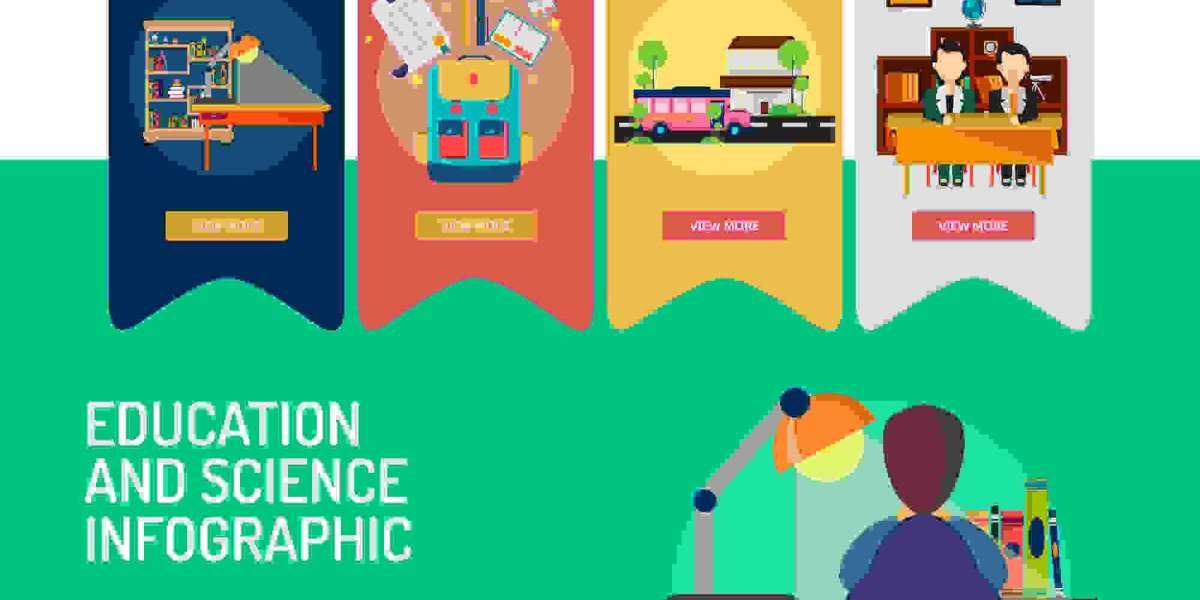As educational institutions look for ways to enhance the learning experience for students and improve educational outcomes, many are investing in transforming traditional classrooms into "smart classrooms". Smart classrooms integrate technology like interactive whiteboards, student response systems, streaming media, and wireless networks to enable new pedagogical approaches. However, such investments require a substantial outlay of capital. It is therefore important for educational institutions to measure the return on their smart classroom investments to evaluate whether the investments are achieving the desired educational and financial benefits.
In this blog post, we will discuss different approaches that can be used to measure the return on investment (ROI) of smart classroom technologies and investments. We will look at both quantitative and qualitative factors that impact ROI. The goal is to provide educational leaders with a framework to appropriately evaluate the performance and impact of their smart classroom initiatives.
Defining ROI
Before looking at how to measure ROI for smart classrooms, it is important to define what ROI means. ROI is a performance measure used to evaluate the efficiency of an investment or compare the efficiency of a number of different investments. It is calculated by determining the net benefit (return) of an investment and dividing it by the cost of the investment. The formula is:
ROI = (Net Benefits - Cost of Investment) / Cost of Investment * 100
The net benefits include both quantitative financial benefits as well as qualitative non-financial benefits. The cost includes all the expenses associated with the investment including initial capital outlay, operating costs, maintenance costs etc.
Calculating ROI for traditional technology investments like hardware and software is more straightforward as financial benefits are easier to determine. However, for smart classrooms, ROI measurement is more complex due to difficulties in attributing educational outcomes directly to technology and quantifying non-financial benefits.
Developing a Framework
To effectively measure ROI for smart classroom investments, educational institutions need to develop a comprehensive framework that considers both quantitative and qualitative factors. Some of the key elements that should be included in such a framework are:
Goals and Objectives
The first step is to clearly define the goals and objectives of the smart classroom initiative. Are you looking to improve student engagement, learning outcomes, access to educational resources, teacher productivity etc. Quantifying goals will help assess achievement.
Benchmarks and Metrics
Appropriate benchmarks and metrics need to be identified to measure progress against goals. For example, metrics could include exam scores, dropout and retention rates, teacher/student surveys, utilization rates etc. Benchmarking against historical or industry data is important.
Cost Accounting
Careful accounting of all direct and indirect costs associated with the initiative from planning to rollout and support is required. This includes hardware, software, professional services, maintenance contracts, training etc.
Data Collection
Sources and method of collecting relevant qualitative and quantitative data to track metrics need to be established. Data collection should be built into classroom and institutional processes.
Analysis and Reporting
Collected data needs to be regularly analyzed and reported to assess impact, identify areas for improvement and track ROI over time. Financial analysis models can help attribute outcomes to investments.
Stakeholder Feedback
Feedback from key stakeholders like teachers, students, parents and administrative staff provides valuable qualitative insights into effectiveness and experience with smart classrooms.
The framework should clearly define roles and responsibilities as well as provide a timeline for implementation, data collection, analysis and reporting. Continuous review and refinement of the framework is also recommended based on learnings.
Calculating Financial ROI
Here are some of the key quantitative/financial factors that can be considered while calculating ROI for smart classroom investments:
Reduced Operational Costs
Smart classroom technologies may reduce costs associated with facilities, resources and support staff. For example, digital textbooks and online resources reduce printing and shipping costs. Remote troubleshooting reduces on-site support costs.
Increased Revenue & Enrollment
Smart classrooms can help attract more students by offering an enhanced learning experience. This increases tuition revenue. Technologies like video-conferencing help expand offerings and reach more students globally.
Improved Teacher Productivity
Tools that enable remote or collaborative teaching & learning help educators teach more students with same resources. This improves utilization of expensive education resources like specialized faculty.
Higher Test Scores & Completion Rates
If smart classrooms result in better learning outcomes measured through standardized test scores, placement rates, course completion etc. it can directly impact funding tied to performance.
Grants & Sponsorships
Governments and donors provide grants and funding specifically targeted towards adoption of emerging technologies in education to bridge the digital divide.
To calculate financial ROI, the net financial benefits captured above need to be compared against the total IT and operational investment costs over the same period to arrive at a percentage return. Sensitivity analysis on benefits helps factor variable scenarios.
Measuring Qualitative ROI
While quantitative metrics are important, a large part of the impact and success of smart classroom initiatives lies in difficult to quantify qualitative factors. Some qualitative returns to consider include:
Increased Student Engagement
Technologies that actively engage students through gamification, collaboration and personalized learning are known to boost attention, attendance and motivation.
Improved Teacher Satisfaction
Interactive classrooms empower teachers with tools that simplify delivery and boost their effectiveness. This leads to higher teacher job satisfaction and retention.
Access to Global Resources
Students and teachers gain access to a world of online educational resources, remote experts, international projects and massive open online courses (MOOCs).
21st Century Skill Development
Technologies support development of collaboration, critical thinking, problem solving, research and digital literacy skills essential for future jobs.
Brand Equity & Differentiation
Smart classrooms help educational institutions attract students by positioning themselves as innovative, technology-driven and globally connected learning environments.
To capture such qualitative returns, metrics like student/teacher surveys, case-studies, readiness assessments can provide valuable qualitative insights into impact on learning experiences, skills and satisfaction levels. Integration with frameworks like Bloom's Taxonomy also helps.
Sustaining ROI through Change Management
While proper planning and framework is important, the key to sustaining ROI over the long-term lies in effective change management. Key aspects include:
Invest in Training & Support
Technology alone doesn’t transform learning. Continuous faculty training, resources and IT support ensure optimal usage and ROI sustainment over time.
Promote Collaboration
Encourage communities of practice among faculty to share best practices, promote experiential learning approaches and continuously improve integration of technologies in pedagogy.
Monitor and Refine
Regular monitoring through the review framework and feedback helps identify opportunities for continuous process improvement, optimization of resources and maximizing returns.
Leverage Change Agents
Tap into technology-proficient “change agents” and students to drive organic diffusion of innovations and learning approaches within the institutional ecosystem.
Link to Curriculum & Assessments
Strong alignment of emerging technologies with evolving curriculum, assessments and accreditation requirements ensures sustained relevance and embedding in the education model.
Conclusion
While upfront technology investments are sizable, smart classrooms hold immense potential to transform learning experiences, education delivery models and overall institutional effectiveness if ROI measurement frameworks guide planning and optimize resource allocation. Both quantitative financial returns as well as more difficult to measure qualitative benefits impacting teaching, learning and skills need evaluation. Sustained focus on change management ensures continuous optimization of returns well into the future. With a robust ROI assessment approach, smart classroom initiatives can deliver tremendous value to students and the community for years to come.
Read More:- https://avtechnologysworld.tumblr.com/post/737927755872813056/benefits-of-implementing-smart-classrooms-in







